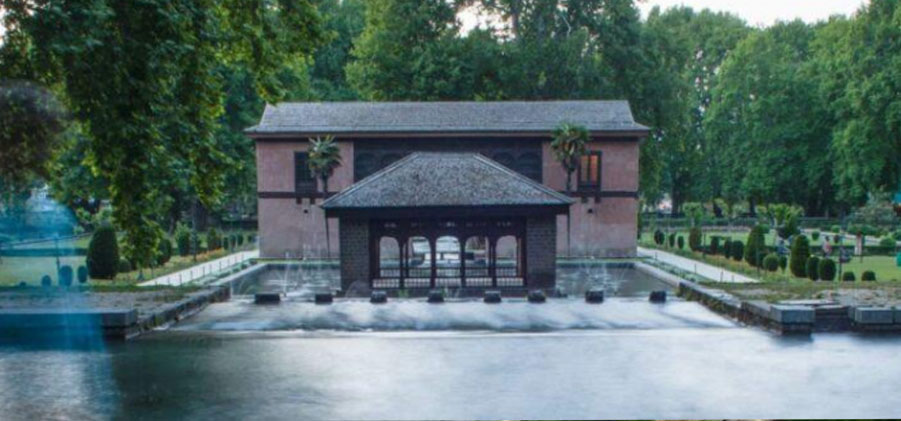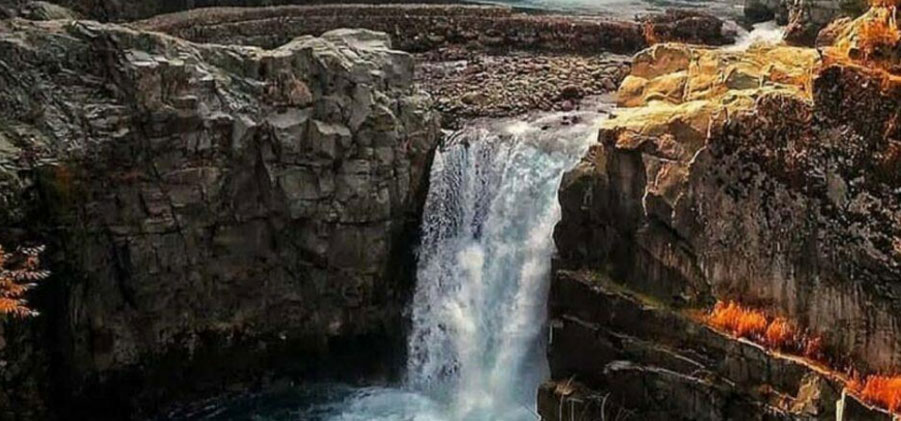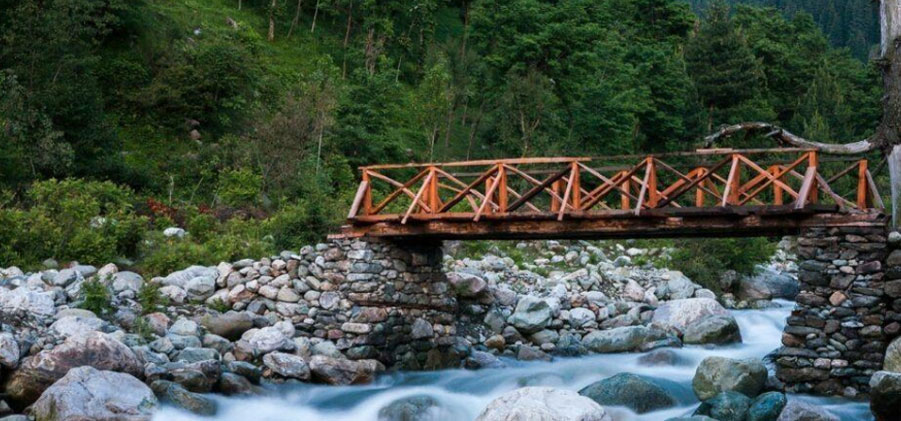
Martand Sun Temple
The famous Martand Sun Temple is a Hindu temple in the beautiful state of Jammu and Kashmir. The name Martand is a Sanskrit name for the Sun God in Hindu mythology. The temple is a standing proof of the great architectural prowess of the 8th century CE. It is located at a distance of more than 5 miles from Anantnag. Every year, thousands of tourists flock to Anantnag and visit the beautiful shrine to pay respect of the Sun God. You will notice carefully carved markings and intricately fused designs that make the tourists still go “Wow” with the finesse they were built.
Construction
Built by the third ruler of the Karkota Dynasty, king Lalitaditya, the Martand Sun was constructed between the 7th and the 8th century. The structure, located near Anantnag, is of great national and historical and architectural importance which is why it comes under the The Archaeological Survey of India. The temple is built on a plateau, at an elevation. It is made up of limestone and has yet stood the test of time. The structure has been declared as a tourist place by the Government of India, and every year hundreds of tourists visit the ruins to witness the marvel of Hindu architecture.
Such is the grandeur of the temple that famous Bollywood movies, such as Aandhi and Shahid Kapoor-starrer Haider were shot here. The ruins have also been featured in many documentaries and important projects. Make sure you spend some time in temple in peace to admire it beauty and feel it speaking its story to you.
History of Martand Sun Temple
The Martand Sun Temple was built in the 8th Century CE. It was built by the then ruler King Lalitaditya Muktapida. King Lalitaditya, between 350 and 500 CE. Not the entire temple was built during his reign. It is believed that a few parts of the shrine were built during the reign of Gonanda Dynasty’s III Ranaditya, who was the son Narindraditya. He too was from Kashmir. The reign of Gonanda Dynasty was before the rule Karkota Dynasty. When the Gonanda Dynasty fell down, the Karkota Dynasty came into power and took up the responsibility of completing the Sun Temple to honor the Sun God, as in known in Hindu mythology.
Not all texts say that the temple was named Martand after Surya, the Sun God. Some believe that the name was given as a tribute to the fishermen. It is said that these fishing and trading were the most popular professions during those times. Some people in Kashmir also call the temple as Mattan. However, the temple saw bad times as well. When Muslim rulers invaded Kashmir, Sikandar Butshikan ordered that the temple be demolished completely. As a result, the temple complex was razed over the period of one year because it was not easy to destroy the strong and sturdy structure
Architecture of Martand Sun Temple
The Martand Sun Temple exhibits architectural forms of multiple cultures that stretches over an area of 32,000 square feet. It was constructed under the guidance of experts who brought together Syrian, Chinese, Gupta Gandharan, Roman and Greek forms of architecture to erect a masterpiece that developed in the form of the temple complex.
The temple has beautiful engravings of the Hindu Gods. Situated on the western side of the shrine’s complex, it leads to the courtyard of the temple, which is followed by the main shrine in the center. It is shared like a tank and has stairs leading to the bottom. You will also notice the images of Lord Vishnu, the river Goddesses Ganga and Yamuna, and Surya, the Sun God carved beautiful in the antechamber built within the main shrine.
Archeologists believe that the main shrine of the Markand Sun Temple had a pyramid-shaped structure, as is found in many Kashmiri temples. It is not clearly known because the structure was demolished by a Muslim ruler, but archeologists have tried to develop an impression of the entire temple as it was built. The main shrine of the Markand Sun Temple is surrounded by nearly 83 smaller shrines and that adds further to its beauty. The main complex is connected by limestone colonnades. These are inspired by the ancient Greek architecture, which makes the shrine even more valuable. The temple’s ceiling and walls display beautiful Sanskrit inscriptions and images of Hindu Gods and deities.
Important Things to Keep in Mind while Visiting Martand Sun Temple
1. The temple does not has guides to help tourists. So do a bit of research before visiting.
2. There are no restrictions on carrying your own food and water into the temple premises.
3. Keep the template premises clean.
4. Since the temple is left into ruins, be careful while exploring.
5. The temple is in one of the coldest areas of India. Please carry warm clothes or as is suitable for the weather.
How to Reach Martand Sun Temple
Reaching the Martand Sun Temple is pretty easy. Since it is close to the beautiful city of Pahalgam, you can reach in approximately an hour if you hire a cab from a local agency. Located at a distance of nearly 9 kms from Anantnag, at a place called Kehribal, the temple is easily accessible.
Tourists can reach the shrine from Pahalgam. It is only one-hour drive away from a cab or a taxi.






